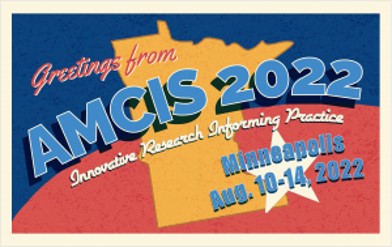SIG Social Computing
Loading...
Paper Type
ERF
Paper Number
1128
Description
The continued growth of eCommerce and the prevalence of the online marketplace have developed a reliance upon user-driven ratings and electronic Word-Of-Mouth (eWOM) narratives. The widespread adoption of the star-rating system and corresponding text provided by users have established an ecosystem in which the aggregation of both the numeric ratings and thematic concepts found in the user comments are employed to help facilitate individual purchase decisions through the “wisdom of the crowd”. We propose that both mechanisms may be subject to the bias within the user-generated contents’ potential to conflate the attributes and qualities of the product themselves with those of the service experience. This research investigates this phenomenon and strives to understand the prevalence and impact of this misrepresentation. Data is scraped from Amazon.com and established product quality benchmark publications. Text mining and modeling techniques are then applied to investigate the underlying characteristics to determine similarities and differences.
Recommended Citation
George, Benjamin and Hanus, Bartlomiej, "The Fallacy of the Wisdom of the Crowd in eCommerce: The Impact of Extraneous Content within Online Product Reviews" (2022). AMCIS 2022 Proceedings. 3.
https://aisel.aisnet.org/amcis2022/sig_sc/sig_sc/3
The Fallacy of the Wisdom of the Crowd in eCommerce: The Impact of Extraneous Content within Online Product Reviews
The continued growth of eCommerce and the prevalence of the online marketplace have developed a reliance upon user-driven ratings and electronic Word-Of-Mouth (eWOM) narratives. The widespread adoption of the star-rating system and corresponding text provided by users have established an ecosystem in which the aggregation of both the numeric ratings and thematic concepts found in the user comments are employed to help facilitate individual purchase decisions through the “wisdom of the crowd”. We propose that both mechanisms may be subject to the bias within the user-generated contents’ potential to conflate the attributes and qualities of the product themselves with those of the service experience. This research investigates this phenomenon and strives to understand the prevalence and impact of this misrepresentation. Data is scraped from Amazon.com and established product quality benchmark publications. Text mining and modeling techniques are then applied to investigate the underlying characteristics to determine similarities and differences.
When commenting on articles, please be friendly, welcoming, respectful and abide by the AIS eLibrary Discussion Thread Code of Conduct posted here.



Comments
Social